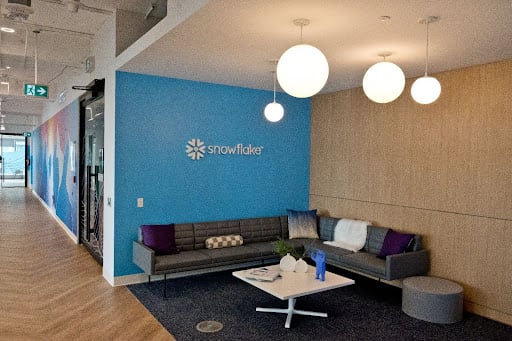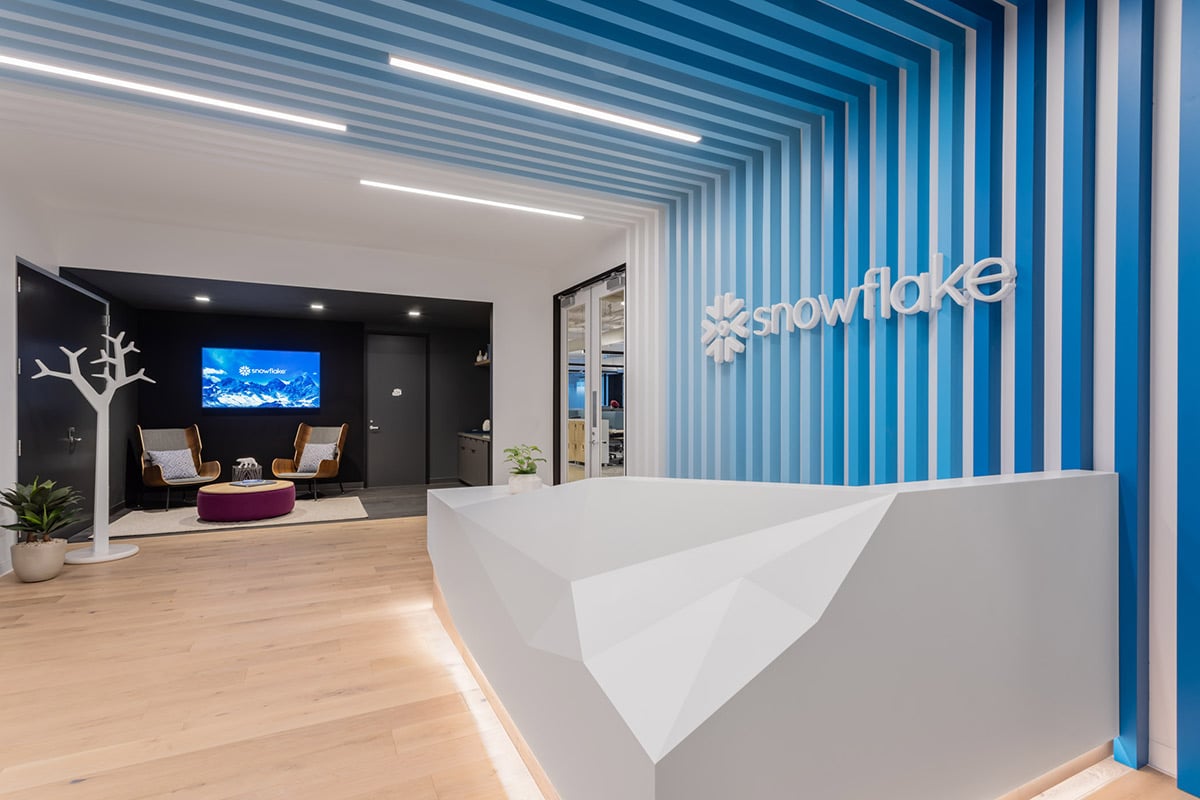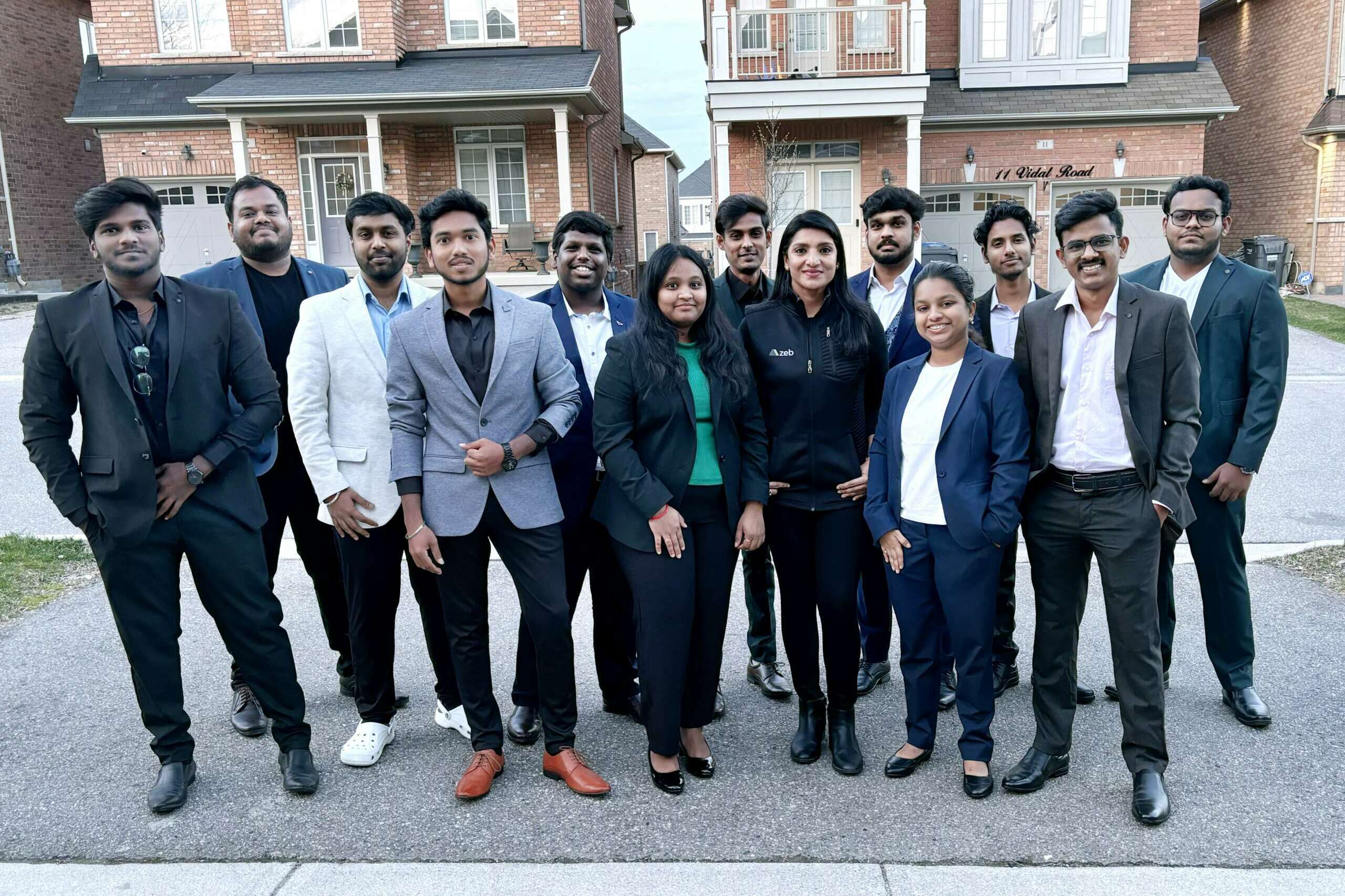As the future of work moves toward increasingly common remote/hybrid arrangements – shifting activity away from downtown cores and toward housing-friendly suburbs – strategies for attracting talent, FDI, and overall local development will have to evolve accordingly. Competitiveness here means forward-thinking around how to create a larger regional landscape conducive to that desire for flexible working arrangements that top talent has come to expect. For talent-driven economies, it’s an identifiable advantage to claim their region is equipped to understand, respond to, and support a range of work models – especially, flexible, semi-remote hybrid arrangements.
While individual talent can be quite mobile, the communities and the institutions that support them aren’t. This keeps many workers within a loosened proximity to the city of their employer, but not so far as to prevent the occasional commute. Correspondingly, economic activity shifts away from the downtown to the surrounding municipalities.
Compared to pre-pandemic levels, the City of Toronto has 80 percent less foot traffic to office buildings, according to Avison Young’s Vitality Index. At the same time, census data analyzed by the Toronto Region Board of Trade suggests that a growing number of people are settling outside of the two largest cities in the region – the City of Toronto and the City of Mississauga – while smaller cities within the Toronto Region and larger ‘Innovation Corridor’ region (Brampton, Kitchener, Oakville, Oshawa, etc.) have seen a population growth higher than the provincial average throughout the pandemic.

While the impact of remote work is yet to be fully mapped and the permanency and severity of these shifts still being debated, it’s clear that the future of remote/hybrid work is going to change the regional labour force’s commuting patterns one way or another. This was already a complicated picture, even before COVID-19, since most municipalities in the GTA already had more residents commuting to work in a different municipality than residents commuting within the same municipality.
There are of course various possible approaches to work policies – hybrid, fully remote, and fully in-person – the adoption of which will vary by industry, by company, and where allowed, by individual preference.
Some companies were early adopters of a fully remote strategy, such as Shopify. Yet other companies are now trending toward a ‘best of both worlds’ approach that exemplifies the competing push/pull factors of urban agglomeration vs. remote work. The benefits gained from proximity to innovation ecosystems are pitted against the employees’ desire for flexible work arrangements, lower housing costs, and access to nature. For example, Google’s campus in Waterloo is both expanding its facilities and simultaneously pursuing a hybrid work strategy. Not remote per se, but ‘remote-ish.’
This new pattern also opens up mid-sized cities to participate in the talent economy on a part-time basis. Richard Florida suggests a quarter of remote work happens outside the home. So then are we due for a rise in coworking, coffeeshops, and networking spaces in mid-sized towns? Could bedroom communities now become micro-ecosystems in their own right? There’s a great silver lining opportunity for smaller cities to creatively repurpose unused or underused spaces to attract remote workers.
In any event, a regional cooperation approach is key to monitoring and understanding these new commuting patterns and their long-term impact. Transit service delivery, taxation policies , amenities and land use planning, pro-remote work legislation, infrastructure investments, ‘workcation’ tourism promotion – there’s plenty of public policy impacts and opportunities that stem from this new workforce reality. This then falls on governments to develop plans to observe and adapt as the re-distribution of their citizens’ live-work-play patterns evolves.
The Toronto Region’s global competitors for tech talent have already begun to strategize how to leverage remote work trends to improve their FDI attractiveness, and are channeling that energy toward reducing regional economic disparities. For example, Ireland is calling on its regions to introduce ‘bespoke offerings’ to encourage remote and hybrid working arrangements and distribute talent away from central Dublin. Of note, in each of the last two years, approximately 40 percent of jobs created by companies Toronto Global has worked with to expand into the region are located within the region’s 905 communities.
For the Toronto Region, where much of these changes are being most acutely felt, these new patterns of regional economies should trigger a rethink on regional strategies. For the many opportunities that remote work offers, it challenges the existing system that ties success and impact of investment attraction efforts to physical real estate footprints. To better understand these issues, there is a need for new or improved metrics, methods, and data to track the impact of remote work in the long term across the Toronto Region – something that can only be thoroughly achieved with intentional, regional effort.
While not all workers can or will adopt a semi-remote arrangement, the more options the Toronto Region can credibly offer employers, the greater its appeal to inbound investment. Those, like Ireland, who are quick to mobilize around this opportunity will enjoy a first mover advantage and lead the discovery of new best practices for regional development.
About FDI
There is a critical need for coordination across the Toronto Region to support and promote FDI and talent mobility on the global stage. Amenities, quality of life, broadband access, and regional transportation mobility will continue to be cornerstones of the FDI attraction toolkit. Yet, newly emerging remote work patterns call for a regional approach to understanding, monitoring, and guiding the impact of remote work for the long-term global competitiveness and resiliency of the Toronto Region.




